What Is The Pattern Of Leaves The arrangement of veins in a leaf is called the venation pattern monocots have parallel venation while dicots have reticulate venation The arrangement of leaves on a stem is known as phyllotaxy leaves can be classified as either alternate spiral opposite or
Leaf Form Leaf Structure and Function Leaf Adaptations Learning Objectives Contributors and Attributions Leaves are the main sites for photosynthesis the process by which plants synthesize food Most leaves are usually green due to the presence of chlorophyll in the leaf cells In botany phyllotaxis from Ancient Greek ph llon leaf and t xis arrangement 1 or phyllotaxy is the arrangement of leaves on a plant stem Phyllotactic spirals form a distinctive class of patterns in nature Leaf arrangement Opposite leaf Whorled leaf pattern
What Is The Pattern Of Leaves
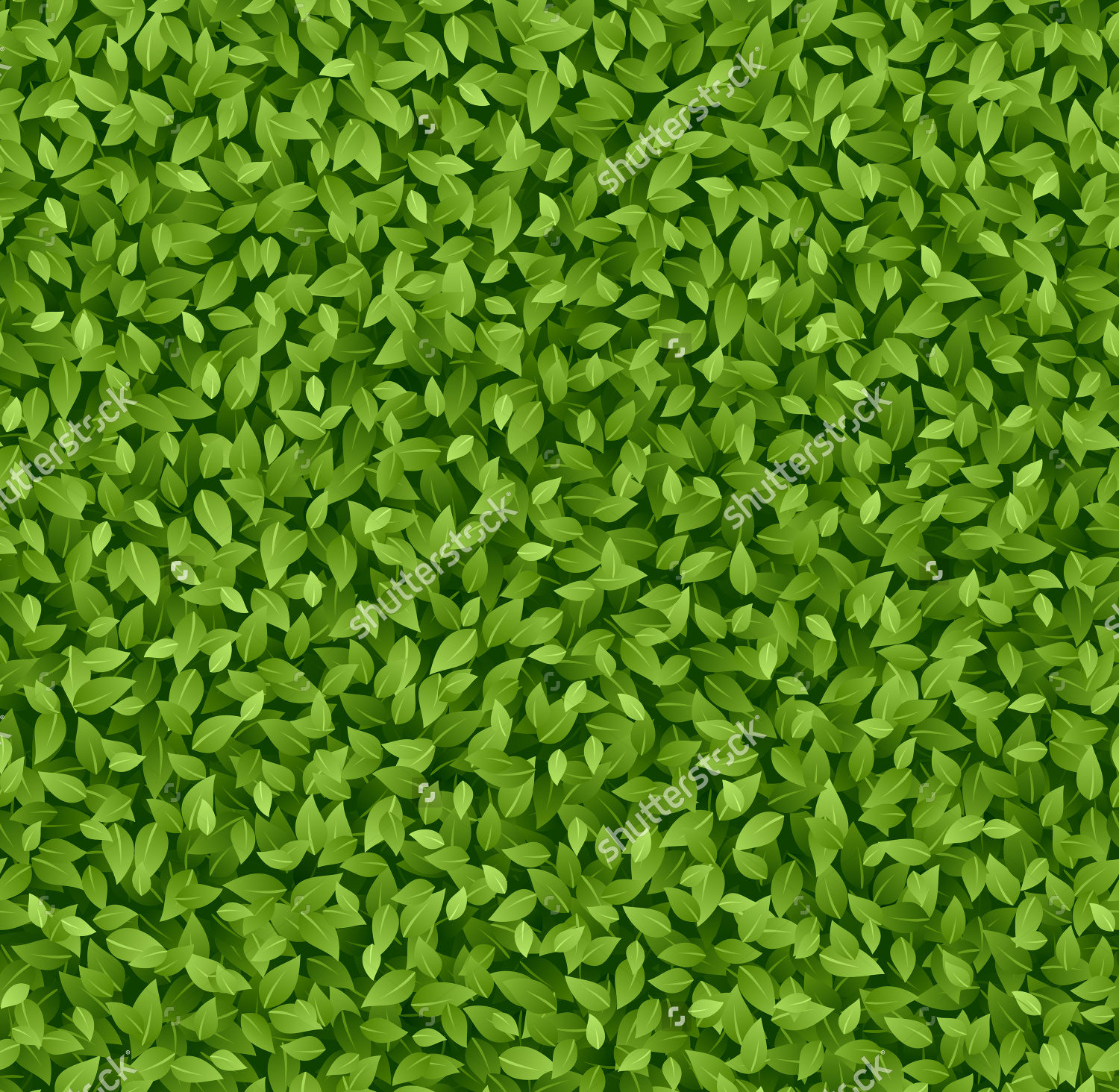
What Is The Pattern Of Leaves
https://images.designtrends.com/wp-content/uploads/2016/02/25125418/Green-Leaves-Nice-Pattern.jpg

A Seamless Pattern Of The Leaves It s Actually Has Been Duplicated 4
https://i.pinimg.com/736x/53/36/ce/5336cee9f0f77e6bc179c9fa6c2aa4fd.jpg
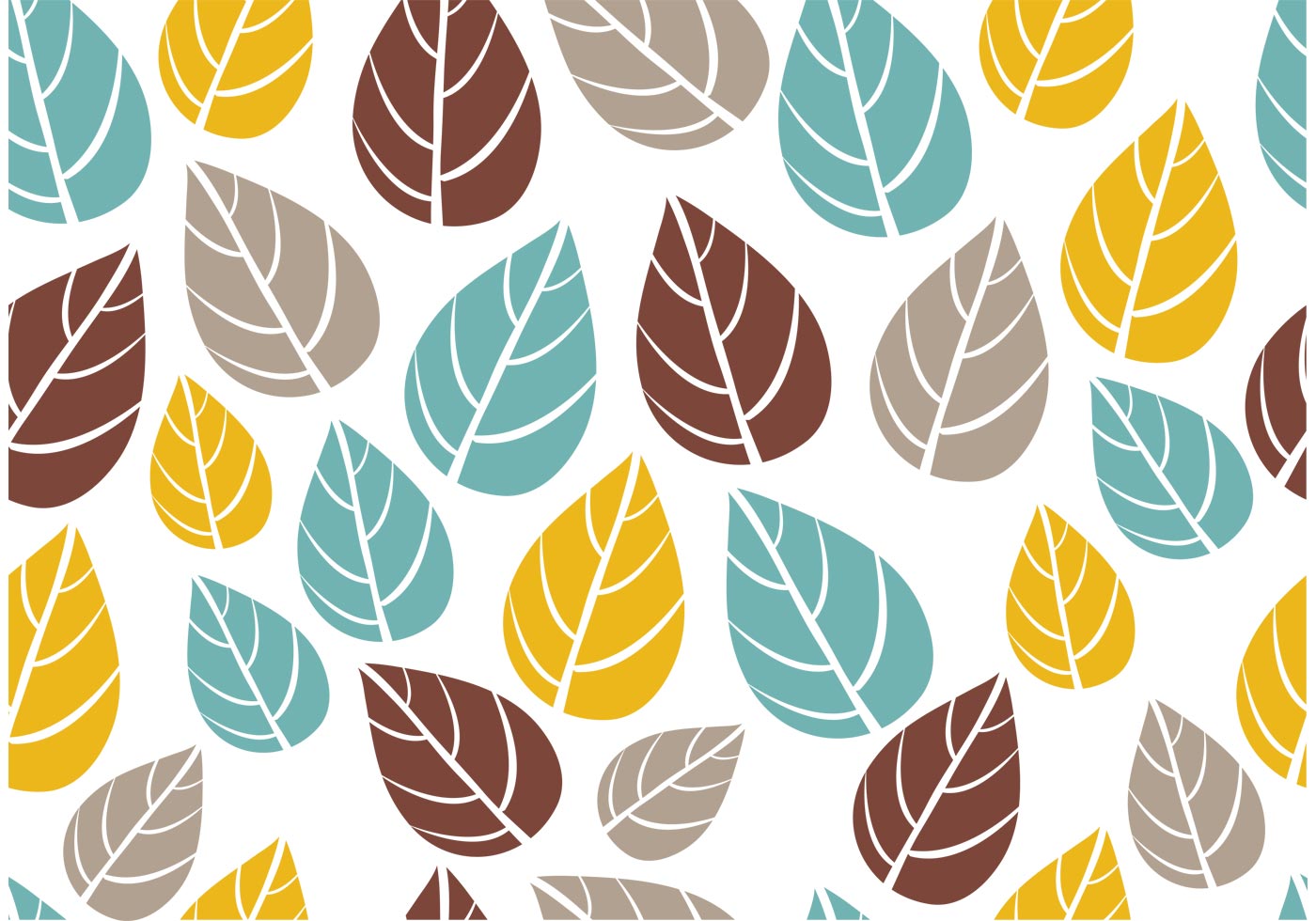
Ornate Seamless Leaf Pattern Vector Download Free Vector Art Stock
https://static.vecteezy.com/system/resources/previews/000/086/638/original/ornate-seamless-leaf-pattern-vector.jpg
Recognize the basic patterns of leaf shape and orientation of the veins in the leaves Leaves are shoot structures that attach to stems and branches at nodes Leaves are made up of cells that usually contain a high concentration of chloroplasts cell organelles unique to plants and are specialized sites for photosynthesis The pattern of leaf arrangement may be alternate opposite or spiral while leaf form may be simple or compound Leaf tissue consists of the epidermis which forms the outermost cell layer and mesophyll and vascular tissue which make up the inner portion of the leaf
Toni Cuenca Plant leaves are arranged in a beautiful geometric pattern around the stem which is known as phyllotaxis Phyllotaxis has common characteristics across plant species which are commonly mathematically characterized and expressed in a small number of phyllotactic patterns They are attached by a continuous vascular system to the rest of the plant so that free exchange of nutrients water and end products of photosynthesis oxygen and carbohydrates in particular can be carried to its various parts Leaves are initiated in the apical bud growing tip of a stem along with the tissues of the stem itself
More picture related to What Is The Pattern Of Leaves
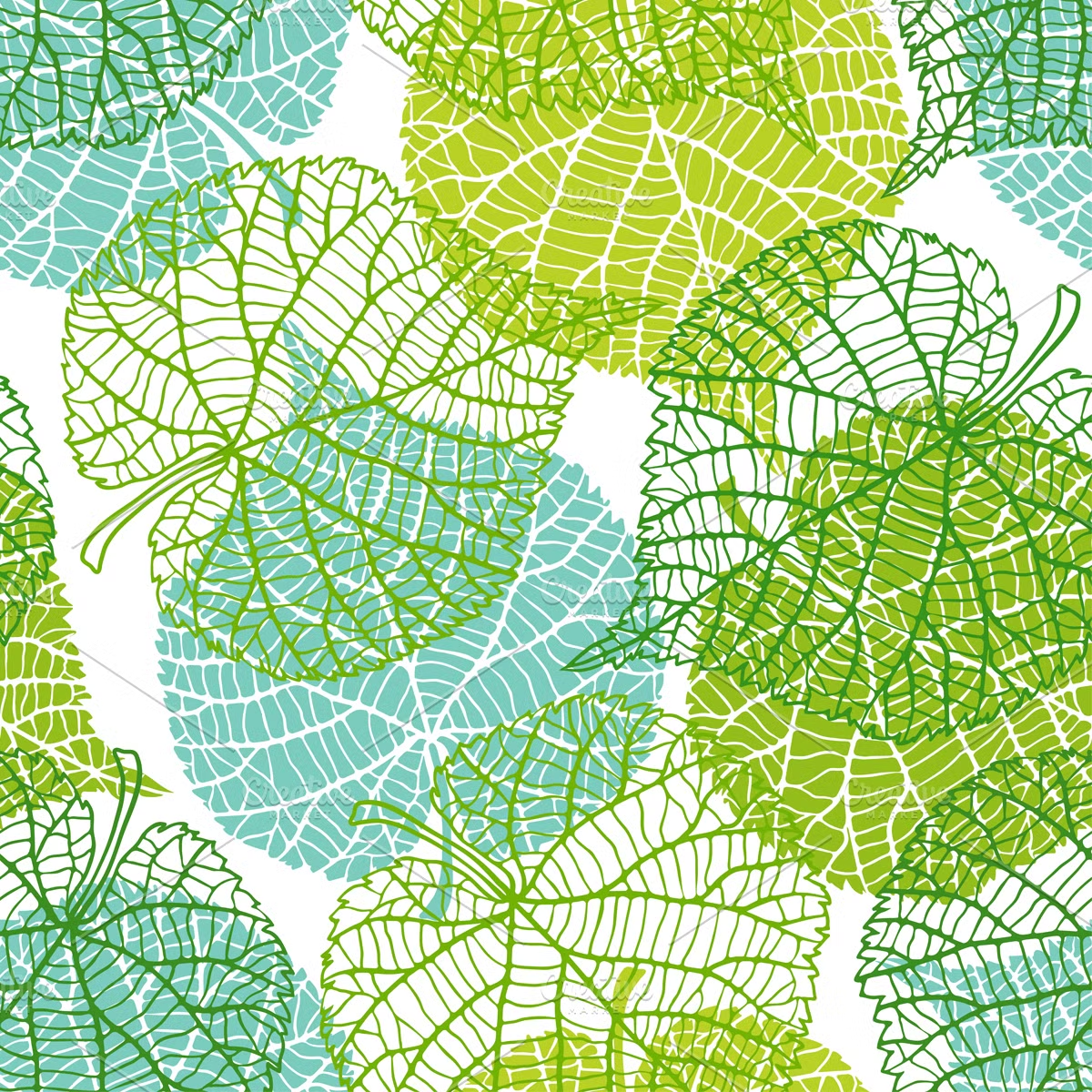
Patterns With Green Leaves Custom Designed Graphic Patterns
https://cmkt-image-prd.freetls.fastly.net/0.1.0/ps/349255/1200/1200/m1/fpnw/wm1/0215041-.jpg?1423658946&s=ecb2c4db34996359c48c97d1c9e6e121

Premium Vector Pattern Of Leaves
https://img.freepik.com/premium-vector/pattern-leaves_505913-5602.jpg?w=740

Tropical Pattern Of Leaves III Wallpaper Happywall
https://happywall-img-gallery.imgix.net/44724/troical_pattern_of_leaves_iii_display.jpg?h=1220&q=70&auto=format
Leaves may be arranged in an alternate opposite pattern if they are attached at the same node or a whorled pattern if three or more are attached at a node The leaf itself may be a simple leaf which has an undivided blade or a compound leaf in which the blade is divided into leaflets in various ways There are three main parts of a leaf Leaf base leaf lamina and petiole There are two different types of leaves simples leaves and compound leaves The other types of leaves include acicular linear lanceolate orbicular elliptical oblique centric cordate etc
The pattern of arrangement is called phyllotaxy alternate phyllotaxy is leaves attached at different nodes opposite phyllotaxy has leaves attached at the same node in pairs and whorled Written by Amanda Readman Reviewed by Lou Dzierzak Last updated on July 11 2023 Leaves are an essential part of every tree species They allow the tree to survive by being a significant factor in photosynthesis Not only are they functional but leaves are also essential to a tree s aesthetic

Kh m Ph 73 H nh nh Leaf Pattern Background Thpthoangvanthu edu vn
https://static.vecteezy.com/system/resources/previews/007/197/894/original/luxurious-gold-leaf-design-on-a-green-background-design-for-wall-arts-prints-fabric-pattern-and-cover-illustration-free-vector.jpg

Seamless Pattern Of Leaves Vector Background Stock Illustration
https://media.istockphoto.com/id/597955534/vector/seamless-pattern-of-leaves-vector-background.jpg?s=1024x1024&w=is&k=20&c=GsrvMQ7XZVLM0R21wkAW_3msDUkqgosS10J2AJQ4nd4=
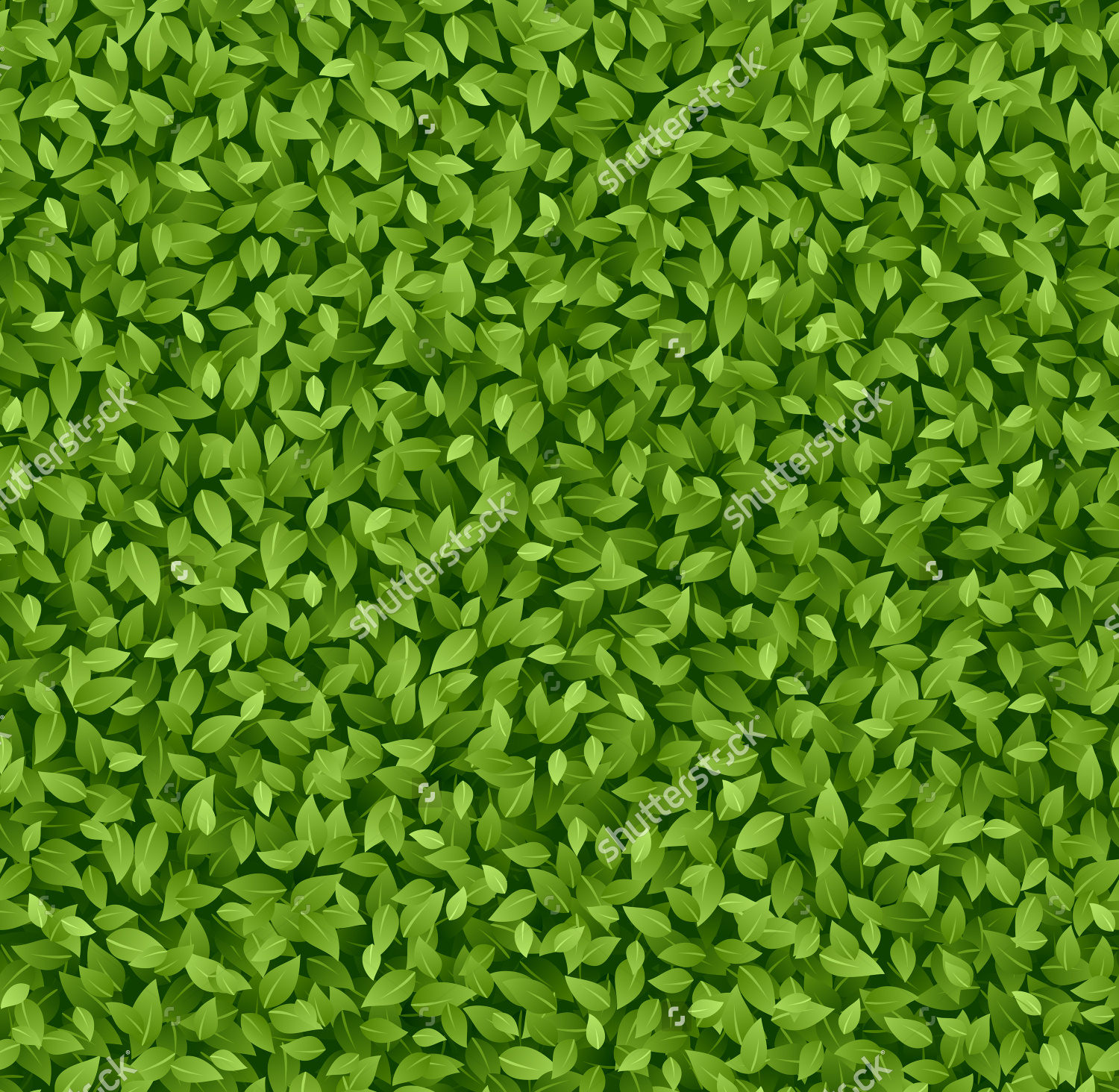
https://bio.libretexts.org/Bookshelves/Introductory...
The arrangement of veins in a leaf is called the venation pattern monocots have parallel venation while dicots have reticulate venation The arrangement of leaves on a stem is known as phyllotaxy leaves can be classified as either alternate spiral opposite or

https://bio.libretexts.org/Courses/Lumen_Learning...
Leaf Form Leaf Structure and Function Leaf Adaptations Learning Objectives Contributors and Attributions Leaves are the main sites for photosynthesis the process by which plants synthesize food Most leaves are usually green due to the presence of chlorophyll in the leaf cells

Beautiful Pattern Of Leaves On A Plant Stock Image Image Of Macro

Kh m Ph 73 H nh nh Leaf Pattern Background Thpthoangvanthu edu vn

A Pattern Of Leaves And Monograms Seamless Pattern Vector Stock
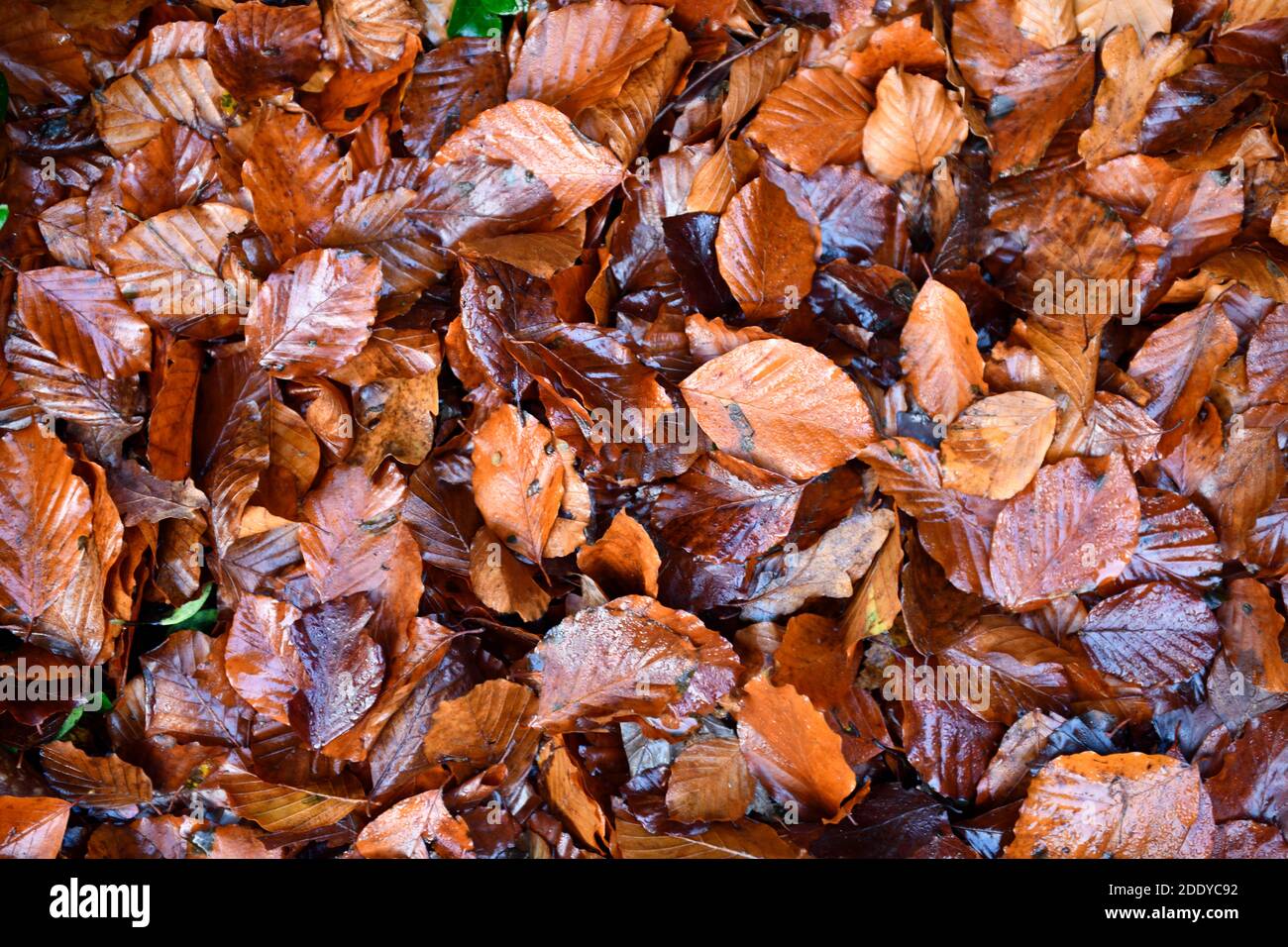
Pattern Of Leaves Stock Photo Alamy

Free Leaf Pattern Cliparts Download Free Leaf Pattern Cliparts Png

Beautiful Seamless Pattern Of Leaves 5489236 Vector Art At Vecteezy

Beautiful Seamless Pattern Of Leaves 5489236 Vector Art At Vecteezy

Seamless Pattern Of Leaves And Flowers Background With Hand Drawn

Seamless Pattern Of Leaves And Flowers Background With Hand Drawn

Seamless Pattern Of Leaves And Flowers Background With Hand Drawn
What Is The Pattern Of Leaves - Toni Cuenca Plant leaves are arranged in a beautiful geometric pattern around the stem which is known as phyllotaxis Phyllotaxis has common characteristics across plant species which are commonly mathematically characterized and expressed in a small number of phyllotactic patterns